Wando Haemultang (완도해물탕)
15.9Km 2025-01-23
256-1 Jangbogo-daero, Wando-eup, Wando-gun, Jeollanam-do
The restaurant serves a rich haemultang (spicy seafood stew), packed with various seafood from Wando, including abalone, clams, crab, and octopus. Another specialty is haesintang (chicken and seafood soup), a flavorful soup made with chicken, abalone, and seafood, which requires a reservation at least 3 hours in advance. For solo visitors, the haemul ttukbaegi (seafood hot pot), made with abalone and a variety of seafood in a hot pot, is an easy, hassle-free option.
Myeongpum Jeonbokgung (명품전복궁)
16.1Km 2024-12-27
전라남도 완도군 완도읍 개포로 34-1
The restaurant runs its own abalone farm, allowing you to enjoy fresh abalone. The most popular dish, “Jeonbok Hansang” (abalone set menu), serves almost every abalone dish imaginable on a single table. Located in the Wando Traditional Market, the restaurant is spacious, making it an excellent choice for group visits.
Wando Tower (완도타워)
16.1Km 2021-09-04
330, Jangbogo-daero, Wando-gun, Jeollanam-do
+82-61-550-6964
Wando Tower is an impressive 76 meters in x_height, and stands at the top of Dongmangsan Mountain in Wando. The area includes a plaza, walking path, resting area, and offers a fantastic view of the sunrise, sunset, and city at night.
The tower also overlooks several islands including Cheongsando Island, Bogildo Island, Nohwado Island, Sinjido Island and Gogeumdo Island. On clear days with high visibility, some islands like Jeju Island and Geomundo Island are also within sight. Located next to the tower is bongsudae (a fire signal beacon) and a walking path through Dongmangsan Mountain.
Haemaru healingsoup (해마루 힐링숲)
16.6Km 2024-12-24
108-35 , Donghae-gil, Haenam-gun, Jeollanam-do
+82-10-2332-6303
Wando Arboretum (완도수목원)
17.0Km 2025-01-13
156, Chopyeong 1-gil, Wando-gun, Jeollanam-do
+82-61-550-1544
Wando Arboretum features the largest and oldest broadleaf evergreen colony in the nation, along with over 3,800 other flora on a grand plot of land. The arboretum is comprised of an exhibition hall, greenhouses, walking paths, an observatory, campground, basketball court, and more.
Created in 1991, Wando Arboretum is the only warm temperate arboretum in Korea where only 15% of the landscape is considered a warm temperate region. The broadleaf evergreen tree forest has high medicinal value, and is home to many species of rare warm temperate plants such as goodyera, calanthe striata, and cephalanthera falcata. There are 30 special gardens based on different plant types. From the observatory, visitors can enjoy the view of Dadohaehaesang National Park and the southern sea. The observatory offers an opportunity to educate visitors on nature and the environment and allows them to take a rest during their visit.
Jangheung Jeongnamjin (정남진(장흥))
17.5Km 2021-09-04
Gwansan-eup, Jangheung-gun, Jeollanam-do
+82-61-860-5772
Jangheung-gun’s Jeongnamjin is the warmest place on the Korean mainland. The region has a diverse natural environment including stunning views of mountains, fields, the ocean, lakes, rivers and streams. It also has several cultural and tourist sites such as Cheongwansan Mountain, Bangchon Cultural Village, and Borimsa Temple, one of the three Borimsa Temples in Asia.
The Jeongnamjin district has a wide variety of tourist attractions nearby such as the Samsan Embankment; a provincial park on Cheongwansan Mountain; a literature park; and Sodeungseom Island, a famous sunset attraction often used as a filming location and festival grounds. A number of festivals are held around the area to promote the region's diverse produce and beauty.
Duryunsan Cable Car (두륜산케이블카)
18.0Km 2025-03-26
88-45 Daeheungsa-gil, Haenam-gun, Jeollanam-do
+82-61-534-8992
Duryunsan Mountain (700 meters) is a famous mountain in Jeollanam-do. With its eight peaks, it is home to many temples and historic sites. The mountain also holds great importance in plant chorology as its forests consist of warm-temperate broad-leaved evergreens and deciduous broad-leaved trees. The mountain peak can be reached by trekking for about 2-3 hours from the entrance of Daeheungsa Temple or by the Daeryunsan Cable Car (one way 8-minute), which departs from the entrance on the opposite side of the mountain and takes visitors to a spot right below the peak. From the mountain summit, there is a view of the southern sea and on a clear day, it is possible to see as far as Hallasan Mountain on Jeju Island. Nearby tourist attractions include Uhangri Dinosaur Museum Complex, Usuyeong Tourism Village and Ttangkkeut Village.
Sanmaruteo (산마루터)
18.1Km 2024-02-28
88-33 Daeheungsa-gil, Samsan-myeon, Haenam-gun, Jeollanam-do
Sanmaruteo is a specialty restaurant offering traditional healthy cuisine from the Namdo region of Korea. They exclusively serve a single menu: Cheonggukjang chalbap (Rich soybean paste soup and steamed sweet rice). Served with hot stone pot rice, cheonggukjang (rich soybean paste soup) and a variety of hearty side dishes. Freshly cooked rice in a hot stone pot that enhances the flavor. Alongside dishes like pan-fried bean curd, grilled yellow croaker, and spicy stir-fried pork, accompanied by various seasoned salad, visitors can enjoy a satisfying meal.
Daeheungsa Temple [UNESCO World Heritage] (대흥사[유네스코 세계문화유산])
18.3Km 2025-10-23
400, Daeheungsa-gil, Samsan-myeon, Haenam-gun, Jeollanam-do
+82-61-534-5502
Daeheungsa Temple, located on Duryunsan Mountain, is said to have been founded by Monk Ado in the 22nd year of King Seong of Baekje. In 2018, it was inscribed on the UNESCO’s World Heritage List as part of the “Sansa, Buddhist Mountain Monasteries in Korea.” Also known as a temple where the spirit of Buddhism for national protection remains alive, Daeheungsa Temple served as the main base for monk soldiers led by Seosan Daesa during the Japanese invasions of Korea. Later, Seon Master Choui, who believed that the truth of the Buddha and the joy of meditation could be found in tea, built Iljiam Hermitage in the valley of Daeheungsa Temple. There, he devoted himself to solitary practice for more than 40 years, earning the temple recognition as a sacred site of Korea’s tea culture. Situated in a wide mountain basin, Daeheungsa Temple displays a unique layout. Geumdangcheon Stream runs through the grounds, dividing the buildings into North and South Precincts. Unlike standard temple layouts, these buildings are arranged freely, creating a distinctive spatial composition. Set farther back behind the South Precinct are the Pyochungsa Shrine, dedicated to Seosan Daesa, and Daegwangmyeonjeon Hall within Donggukseonwon Temple. Among the treasures of the temple is the Rock‑carved Seated Buddha at Bungmireugam Hermitage, designated as a National Treasure. Seosan Daesa Relics Hall houses 24 cultural artifacts, including royal gifts from King Seonjo, such as a jade alms bowl and a jadeite (green jade) alms bowl, along with Seosan Daesa’s calligraphy, sedan chair, shoes, and Buddhist scriptures written in gold and silver.
Duryunsan Provincial Park (두륜산도립공원)
18.6Km 2025-03-15
400, Daeheungsa-gil, Haenam-gun, Jeollanam-do
+82-61-530-5543
Containing many Buddhist temples and ruins as well as spectacular scenery, the 700 meter-tall Duryunsan Mountain is located at the southernmost point of the Korean peninsula. Forested by subtropical green broadleaf trees and temperate deciduous broadleaf trees, the mountain is valued highly for observing plant chorology. There are many fields of silver grass, and the summit of the park's eight peaks provide vistas of the western and southern sea.
During the fifth year of King Jinheung's reign (514), the Buddhist monk Ado built Daedunsa Temple, which is a place of great historical value as it is also related to the Buddhist monk Seosan. The temple is built among dense woodlands, consisting of maple trees and camellias. Breathtaking scenery of valleys and luxuriant trees can be seen on both sides of the 2-kilometer-long road leading to the temple.

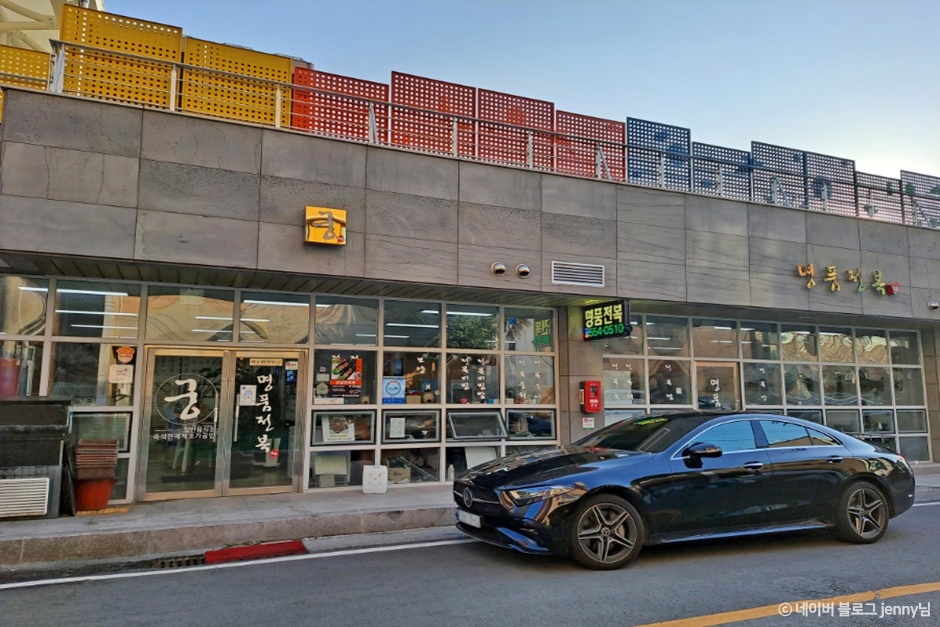
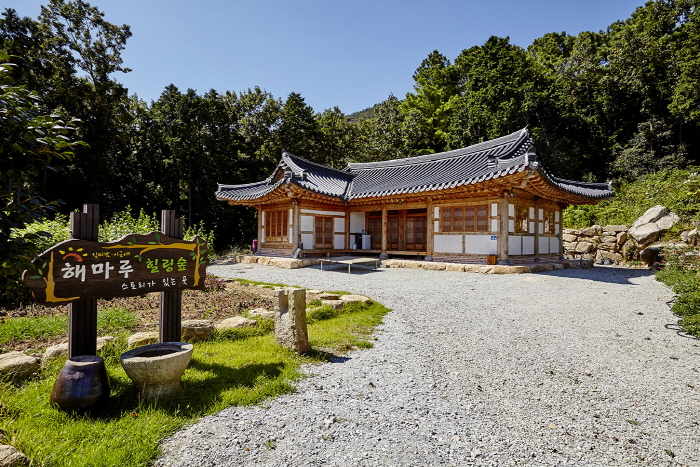
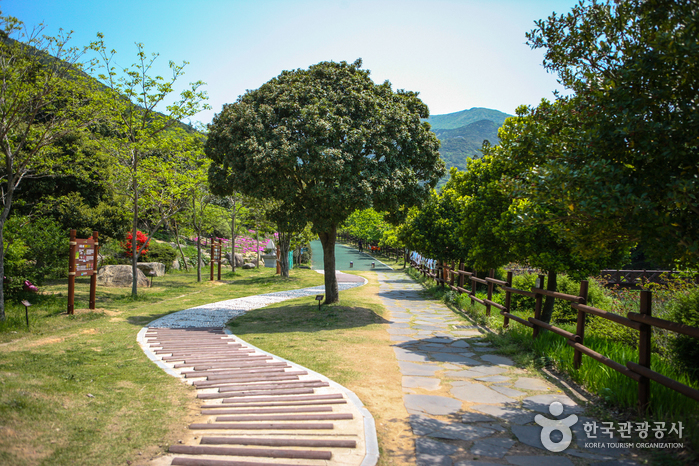
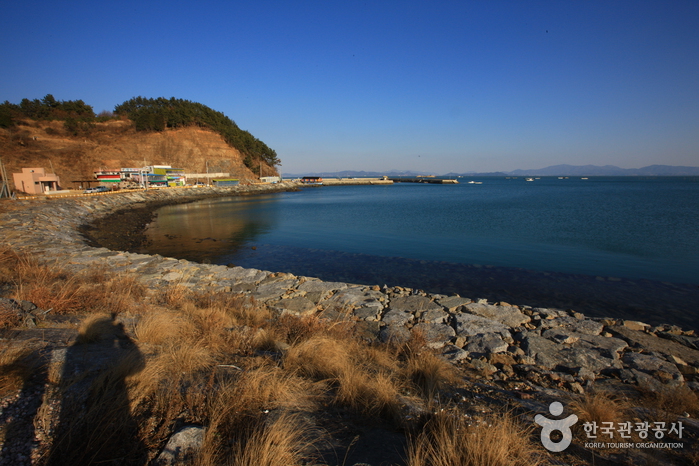
![Daeheungsa Temple [UNESCO World Heritage] (대흥사[유네스코 세계문화유산])](http://tong.visitkorea.or.kr/cms/resource/09/1929609_image2_1.jpg)
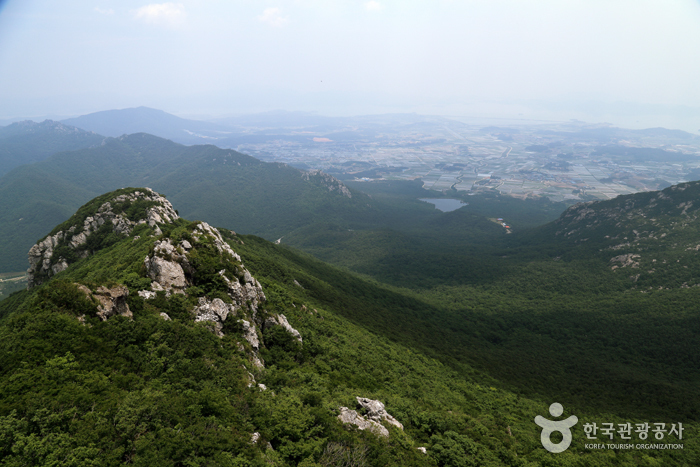
 English
English
 한국어
한국어 日本語
日本語 中文(简体)
中文(简体) Deutsch
Deutsch Français
Français Español
Español Русский
Русский